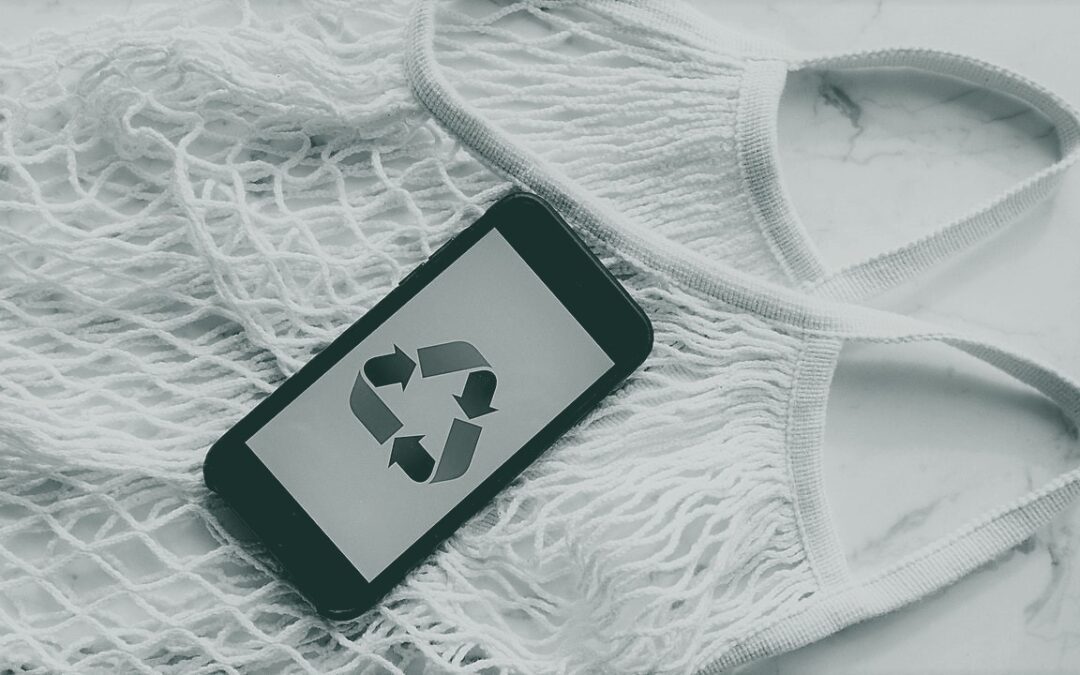In the face of global warming, organizations like Solar Impulse are proposing solutions to bring about real change. In particular, this foundation offered online training on the circular economy, in which WILL Solutions participated. This choice of topic is entirely relevant.
Indeed, today, only 8.6% of the global economy is circular. In 2017, resource extraction surpassed the historic threshold of 100 billion tons. The rate of resource extraction is increasing two to three times faster than innovation in waste recovery and recycling.
The link between linear economy and climate change
Economic growth in the current model is driven by the extraction of low-cost virgin raw materials. This development model is linear, i.e. it is based on the life cycle “extract, manufacture, throw away”. Its implementation dates back to the beginning of the industrial era and has been accompanied by progressive warming of the climate.
Virgin raw materials have a much higher emission factor than recycled materials. For example, virgin aluminum generates 19 times more greenhouse gases (GHG) than recycled aluminum. In addition, the short life span of goods and the lack of recovery of materials at the end of their life causes many emissions related to waste management. Rethinking the entire production chain has therefore become a necessity in the fight against climate change.
How the circular economy can limit global warming
Studies suggest that if companies integrate the circular economy into the core of their business model, their GHG reductions can be as high as 34%. Or, a Club of Rome study concluded that implementing a circular and functional economy in Sweden would reduce its GHG emissions by 70%.
Indeed, the circular economy is regenerative. It is a “system of production, exchange and consumption aimed at optimizing the use of resources at all stages of the life cycle of a good or service, in a circular logic” (source: Pôle québécois de concertation sur l’économie circulaire).
This transformation of production and consumption patterns implies, first, designing durable, economical goods that are easy to repair and recycle. Secondly, it is also necessary to optimize the use of products already in circulation, through the economy of sharing and functionality, repair, reuse, and, at the end of life, recycling.
Circular economy in Quebec, Canada
In a recent report, Québec Circulaire highlights Quebec as the most advanced province in Canada in terms of circular economy. The EDDEC institute has initiated many collaborations between the research and business worlds. Many projects have been initiated in Montreal in the field of industrial symbiosis and circular economy networks and sharing. The minerals and metals sector has also initiated many circular approaches.
In conclusion, reaching the Paris Agreement target of not exceeding 1.5°C compared to the pre-industrial era will require, among other things, a circular economy. The entire production chain and our consumption patterns must be rethought.
Written by: Claire Druet, GHG Auditor at WILL
REFERENCES
Institut de l’économie circulaire et EY Cleantech & Sustainability, 2015. L’économie circulaire, une trajectoire-clé pour la lutte contre le dérèglement climatique.
Platform for Accelerating the Circular Economy, 2020. THE CIRCULARITY GAP REPORT 2020.
Québec Circulaire, 2021. Le Québec: leader de l’économie circulaire à l’échelle canadienne (quebeccirculaire.org)

